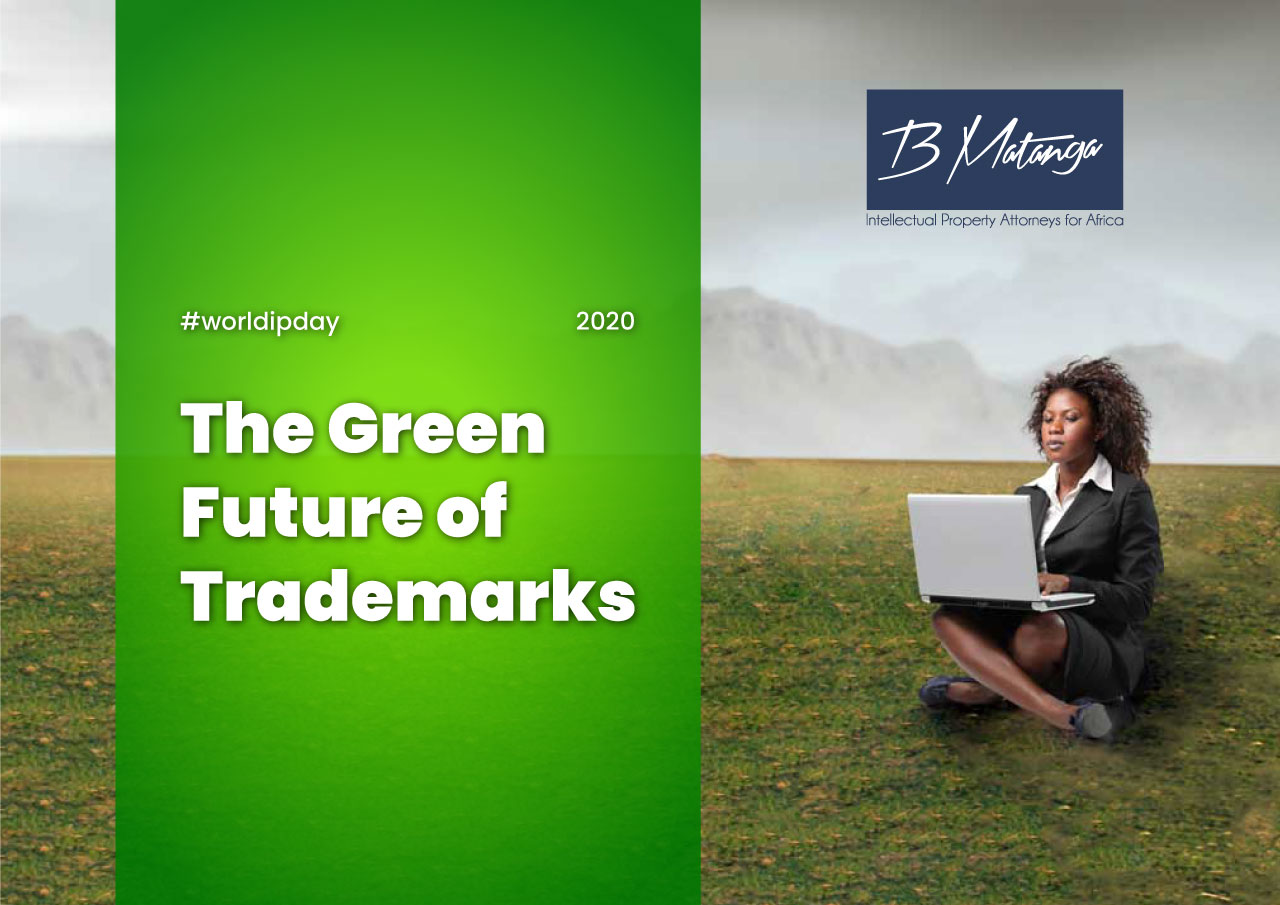Before this raging corona virus, the world was already battling with issues of environmental degradation and climate change. The world’s only concern then was whether environmental resources will be protected and maintained for current and future generations not how much social distance one should keep to avoid the spread of a virus. Conversations were about how burning coal gives a short-term benefit of cheaper energy, the danger that extra pollution imposes costs on future generations is costly and unbearable. It was all about, “The tragedy of commons” , the damage that innocent actions by individuals can inflict on the environment”. The global conversation has been about subsidising/encouraging more sustainable environmental practices. For example, moving toward renewable energy, like solar and wind power rather than relying on non-renewable energy sources which create pollution. It has not been a conversation for ecologists only, consumers too, have been following and educating themselves on this subject. With everyone clamouring for a green future, trademark owners will not be spared. They too need to involve themselves in this “green revolution” and take a solid position. I will tell you why.
Trademarks serve as a goods identifier in the market and have been doing so since time immemorial. They distinguish one product/service to the other. Their role is to convey the characteristics and quality of a product to the consumer. They communicate about the product and assist in the consumer’s decision making. You will note that, often a trademark that adds emotion to a product or service is likely to influence a consumer’s purchasing decision. The trademark owner’s battle is to protect their marks in a manner that is current, vibrant and memorable. This is why you will see some trademarks being represented in a sound, think about Nokia’s distinguished sound. What is key is to share the experience of the brand with the consumer.
As times keep changing brand owners have to find ways to seek an audience and grow with it. Having a distinguishing logo may no longer be the only way to distinguish a product in the market and to attract customers. Associating themselves with a certain cause and standing out in same may be what will identify their goods in the market. We now serve a sophisticated customer. The modern consumer is fussy and knowledgeable. Their selection criteria is no longer limited to visual appeal. They want to be associated with the brand that speaks their language and is fluent in it. To what extent is your product environmentally friendly? Does your brand address issues of reducing, reusing and recycling?
As the world moves towards a green future, the modern consumer will start to gravitate towards products that are environmentally friendly. Brands now need to stand for much more than just representing the source of the product, they will have to depict environmentally friendly production processes. Trademarks will go beyond ensuring that customers know the quality of the product they are getting. Their additional responsibility is giving the customer the assurance that a product complies with certain standards in that industry. It will matter what a brand is associated with and their certification in adhering to correct environmental practices. Trademarks will pave the way to a greener future. The future belongs to socially conscious brands with well thought-out policies. A trademark will represent the owner’s level of social consciousness and its value will be derived as such.
I am imagining a future. Let me make that disclaimer!
#WORLDIPDAY2020



0 Comments